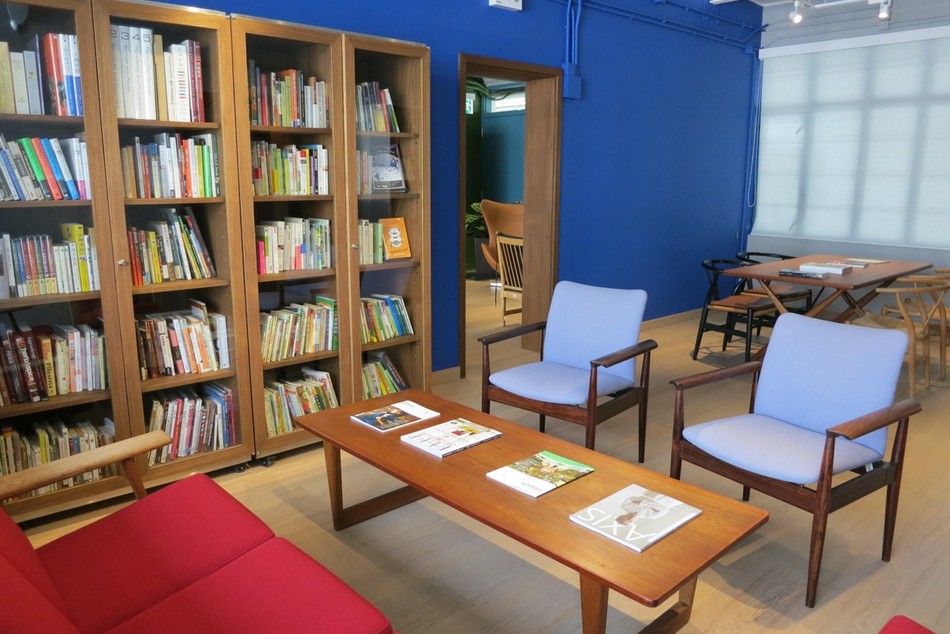Interview #27
Architecture is More than Architects (II)
Wen-pin Chien, Art Director of National Kaohsiung Center for the Arts, Kaohsiung, Taiwan

Written by Shuyan Chan @AaaM Architects
Translated by Derek Leung
Image source: AaaM Architects / Andrés Gallardo Albajar / Iwan_Baan / National Kaohsiung Center for the Arts / Shawn Liu Studio / Mecanoo
Despite the constant evolution and rapid change in any individual city, little is known about the entire process of construction from scratch to completion. In addition to the image rendering of the forthcoming building displayed on the cover panel around the construction site, what is clearly written is a list of the core team of architects and constructors as a birth certificate showing the parents of the building.
Generally speaking, it may take 3 to 5 years to construct a single building of a small scale squeezed in an old district, while the construction from concept to completion of a relatively large mixed-use development with complex functions or a public facility involving multiple stakeholders such as a theater, a museum, a sports ground, and a significant project atop the metro station may have to go through a period of 8 to 10 years.
When the architectural design is attributed to the architect, what other collaborative units behind the scene should as well be acclaimed for the same architectural achievement?
It is Aaam's honour to have had a talk with Wen-pin Chien, Art Director of National Kaohsiung Center for the Arts, Taiwan (below known as the Center), about his perspective in the managing operation of the Center, so that we could have a panoramic picture about the entire constructure process of this some 1-year-old world’s largest single-roof performance art centre, ranging from planning, design competition, architecture, design and coordination of structural, electromechanical and acoustic engineering, to prefabrication, on-site construction and final operation.
A:AaaM Architects | J:Wen-pin Chien, Art Director
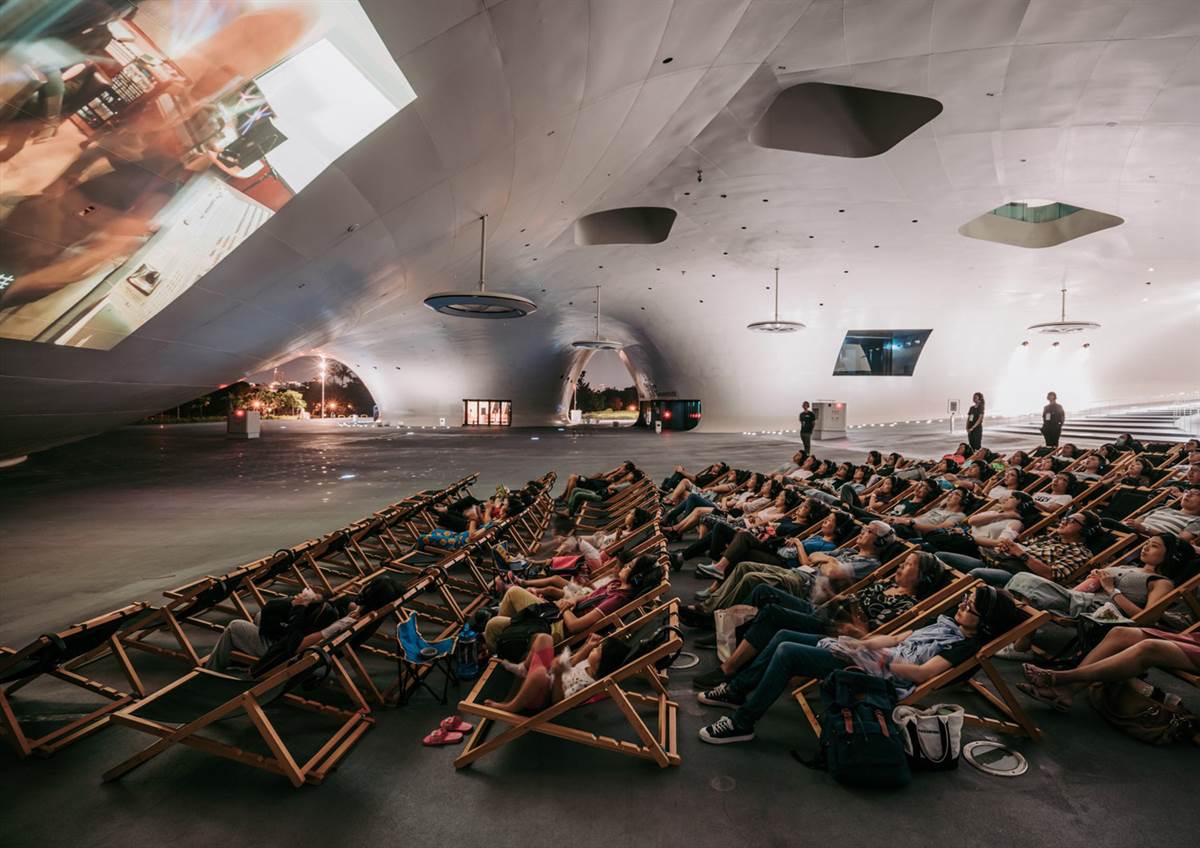
Movie Night @National Kaohsiung Center for the Arts
Site Operation and Challenges
A: The full capacity of 4 different performance venues in the Center is almost equal to the sum of the audiences in all the present and forthcoming venues in Hong Kong’s West Kowloon Cultural District. Its accommodatability of nearly 6,000 people at one go is unprecedented. How can the Center maintain its attractiveness to meet the audience goal of 250,000 in the first year as announced in the opening ceremony?
J: In 2010 when the Center was being built, the Kaohsiung government had already started the initiative and have the public involved in art development. In 2015, we continued to nurture the audiences through a multitude of activities such as art festivals, children's music festivals, "Circus Platform", "Taiwan Dance Platform" and international forums. We opine that the Center is made for our people including the art lovers and the general public. It’s not just the place with inscrutable performances, but also with foreign and authentic Taiwanese opera, music, dance, drama, circus acrobatics and parent-child programmes.
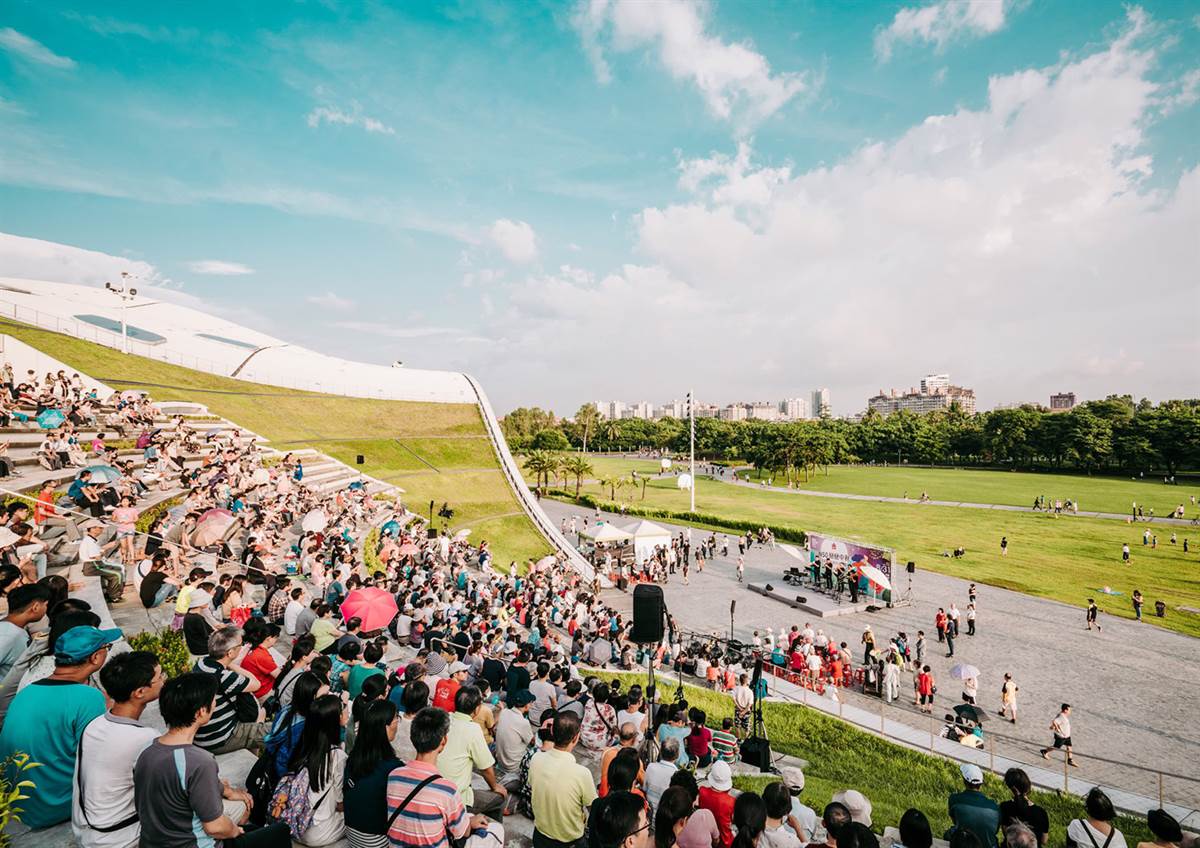
Outdoor Theatre @National Kaohsiung Center for the Arts
A: In contrast to the newly opened Xiqu Centre in Hong Kong’s West Kowloon Cultural District mainly featuring traditional Chinese opera and Cantonese opera, what is the Center's plan in conservation and inheritance of the culture of Southern Taiwan?
J: Southern Taiwan is the centre-stage for the development of Taiwanese opera Kua-á-hì and Kaohsiung houses the majority, totalling around 200 and of different scales, of the local performing groups of this time-honoured opera featuring from farming, religion, tribute to gods, to festivities, weddings and funerals. All these local opera groups are Taiwan's abundant resources, and we hope they can be relied on for more shows with local styles. Therefore, during the Spring Festival every year since 2015, we have set up a number of such authentic Taiwanese opera shows outdoors to attract existing fans and curious experimenters coupled with their respective families to see these family shows. Recently, there’s been a trend of the locational shift of this traditional outdoor opera to the indoor theatric performance, very similar to the cross-border interdisciplinary operatic development in the West. We do hope very soon there'll be an escalation in the artistry and a more innovative variety of topics in this Taiwanese opera so that it can be officially industrialised sooner or later.
A: The team has repeatedly emphasized the distinction between commerce and culture in planning and operation. In Taiwan, it seems they are widely considered incompatible with each other. As a national cultural institution where most of the resources come from the government, what are the pros and cons if commercial involvement is allowed?
J: We prefer saying it’s about life instead of commerce as the Center wishes to become a part of serving our people’s life. After all, we are not commercial facilities, and being over-commercialised will distract our artistic focus. During the design stage, the commercial part only accounted for about 1.2%, which was far less than the Hong Kong counterpart. The reason is Taiwanese people and the government by all means have their reflection on art venues. It’s already a challenge when we consider such a ratio, since almost no commercial space was contemplated in the design of the National Theater & Concert Hall (or the NTCH). That said, if the commercial facilities make it in the future, it helps the operation to a certain extent anyways.
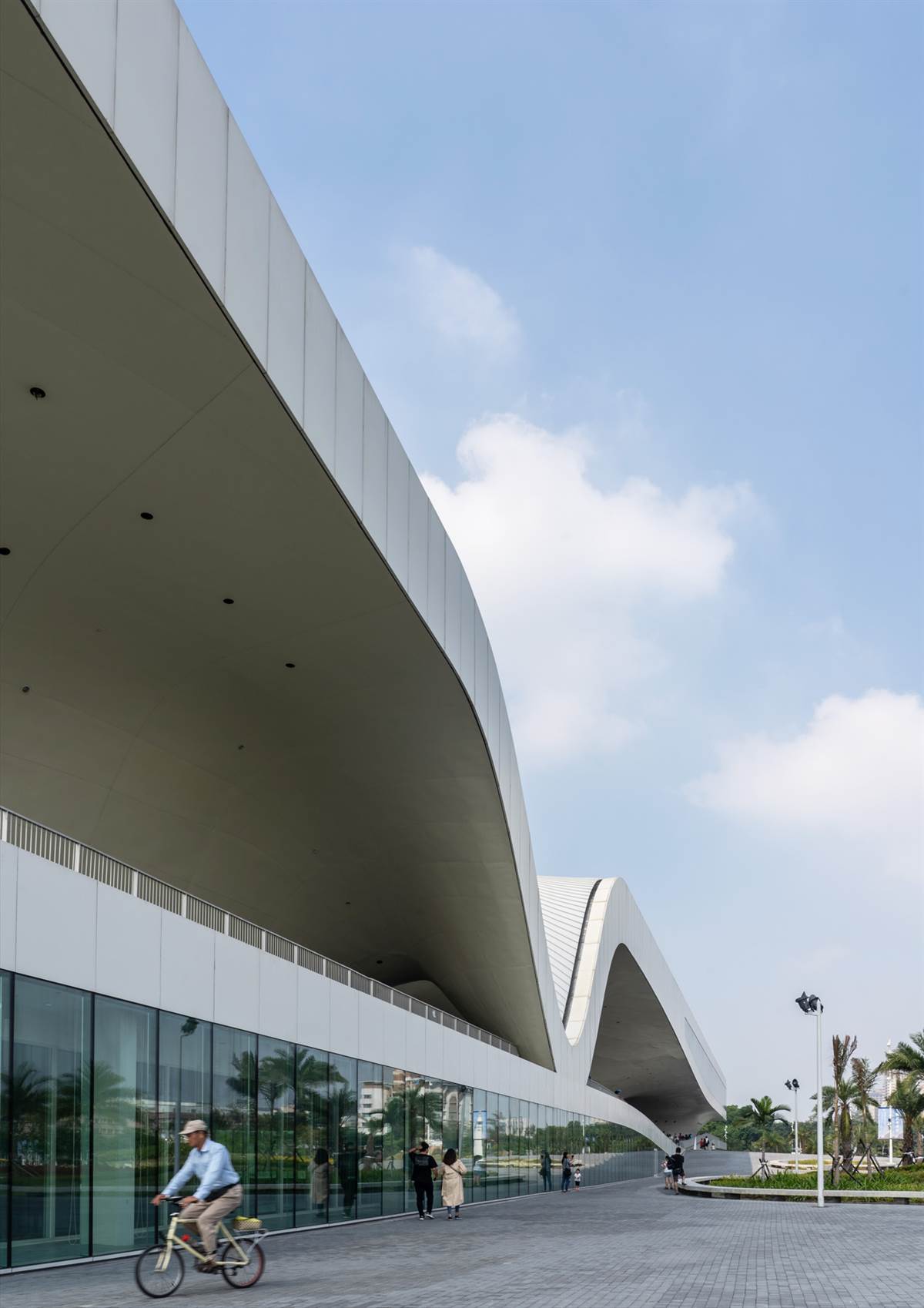
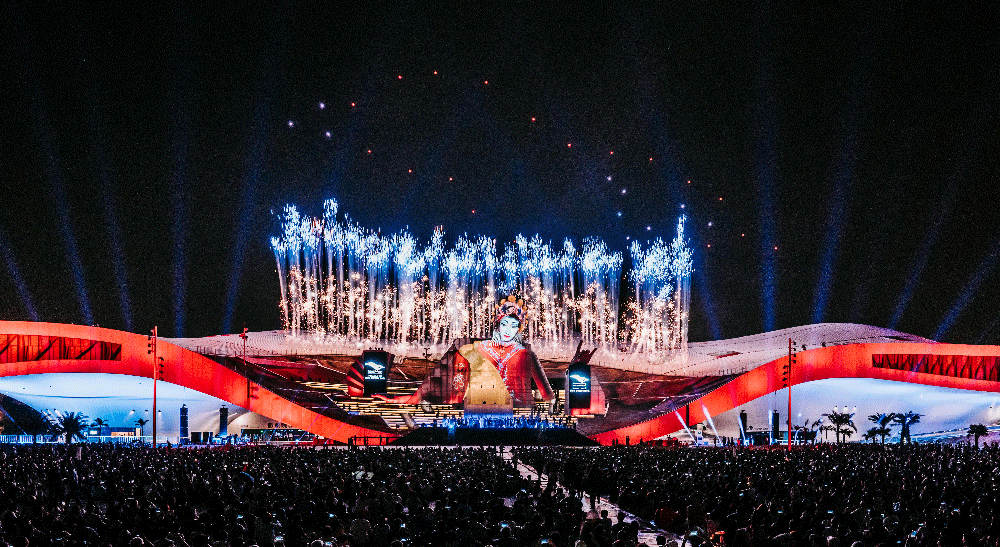
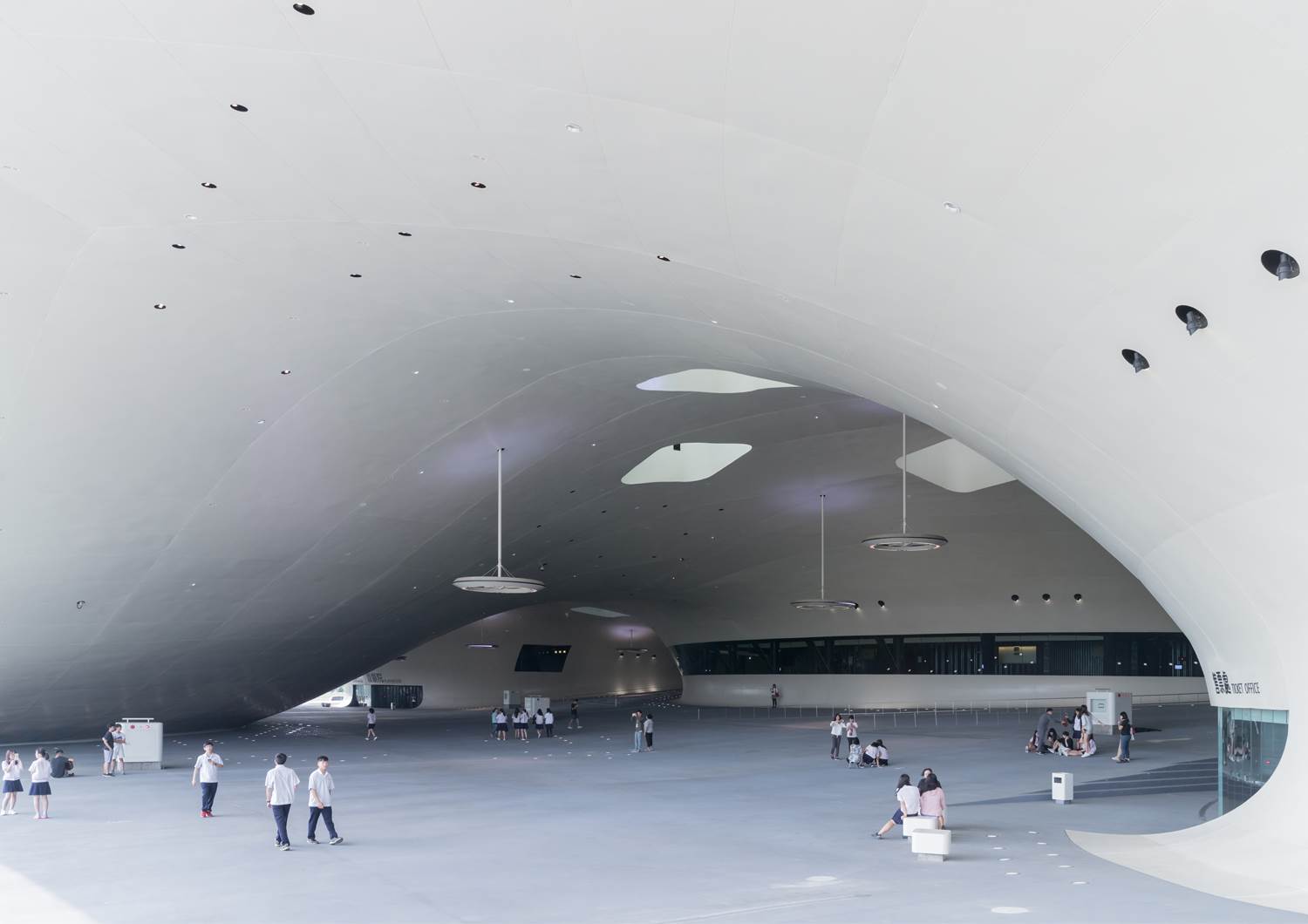
Looking Forward
A: How can the Center advocate cultural equality among all walks of life and minorities?
J: The Center is of the people. The name choice of “center for the arts” clearly shows that it is made for the people and what can be found is not only performances. It would be my pleasure if I can extend the name to be “arts for the people”, with which the borders between all walks and even minorities can be removed. For example, we’ve just finished the “Eyes and Ears” project where the hearing and visually disabled can enjoy art relaxingly in the Center.
A: The Center has been commented as the last building block of the artistic industry in Taiwan. What do you think about the art development in Taiwan and even in Asia in the future?
J: Unlike all previous art performances and architectural styles, the Center is the benchmarking symbol of liberalisation of Taiwanese domain after the struggle to liberty from tyranny for more than 30 years. The Center is also a representation of openness and acceptance. Indeed, Kaohsiung as the biggest port in Taiwan transports, both locally and overseas, goods to our next destination; meanwhile the Center wishes to connect others through performances education, interactions, and to set up a platform where venues, artists, technicians, audiences can share their artistic mentality, so that Taiwan will be on the same page of Europe meaning a local art performing mechanism can ultimately be developed.


